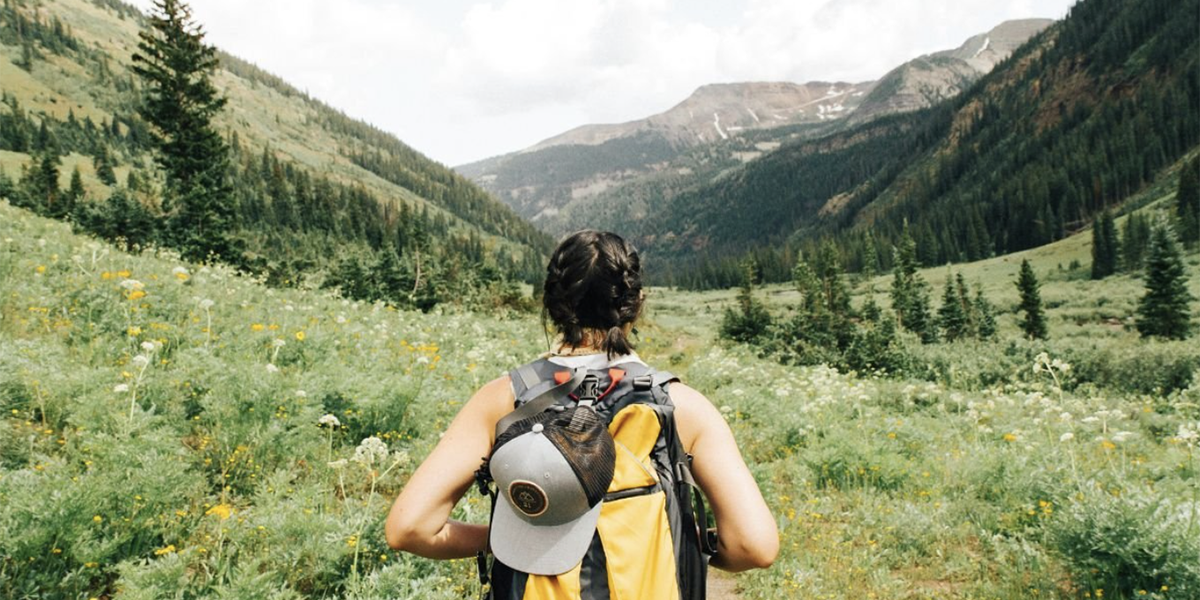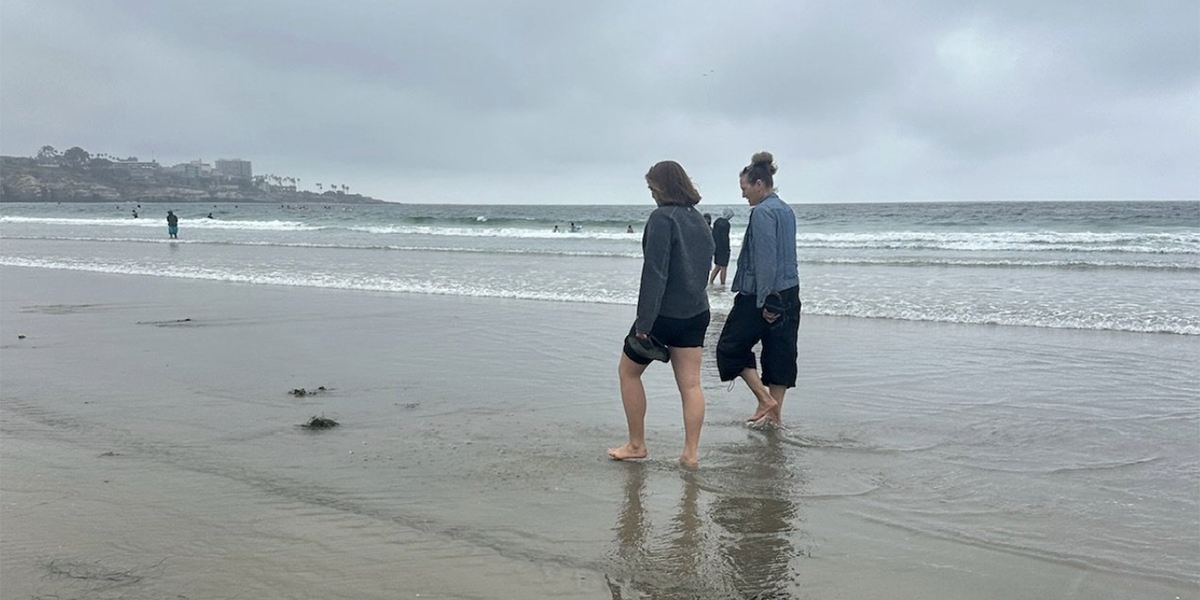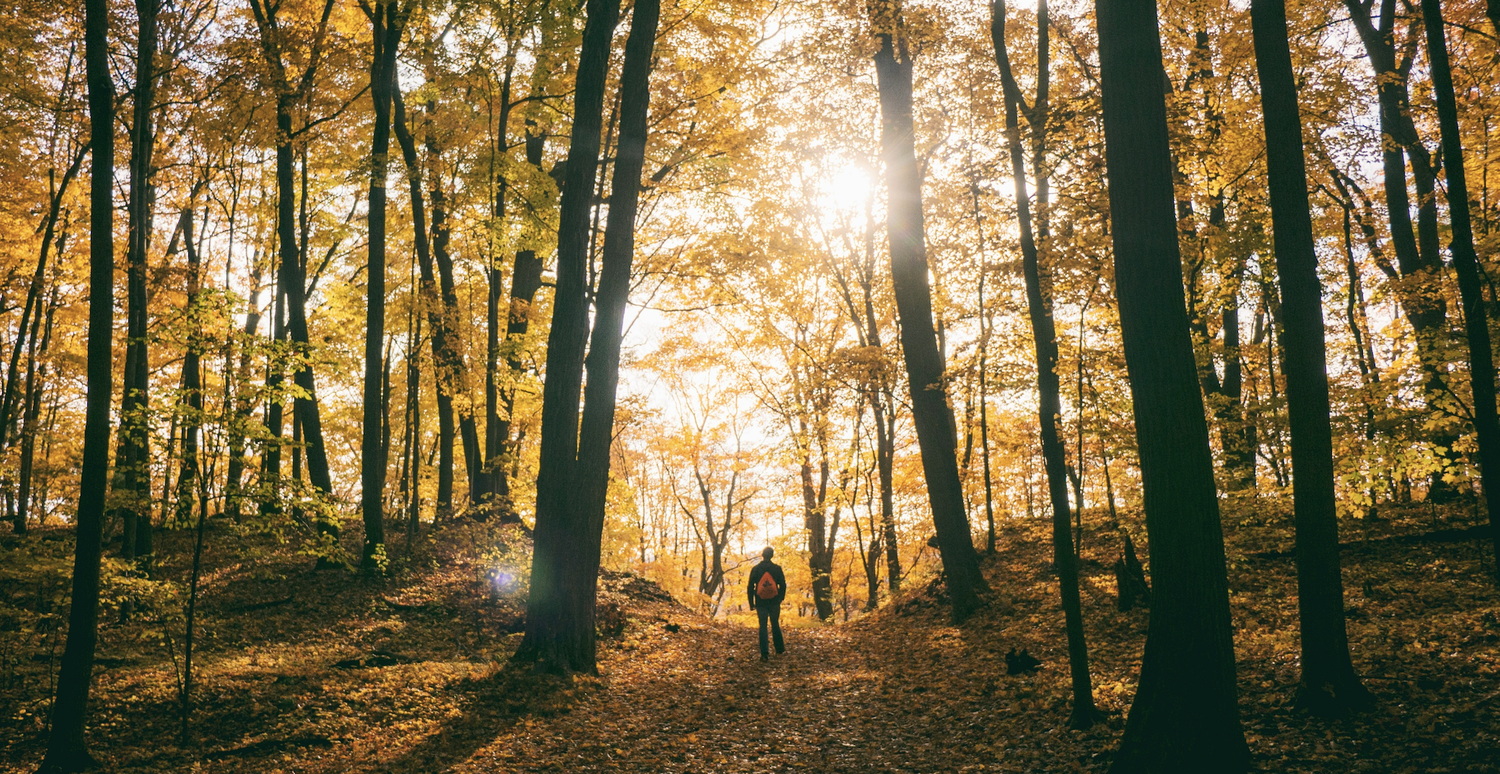
Is the Great Outdoors Becoming Too Expensive to Enjoy?
For many of us, nature is a sanctuary, a place to unplug, breathe, and reconnect. But for something so essential to well-being, outdoor adventure is becoming harder to afford. From pricey gear to rising park fees, many are finding that access to nature comes with a steep cost.
The Gear Barrier: Do You Really Need $150 Boots?
Even entry-level outdoor gear can be expensive. A solid pair of hiking boots might set you back $150 or more. Add a sleeping bag, tent, and backpack, and you're easily into the hundreds, especially if you’re aiming for reliable, weather-resistant equipment. If you're interested in activities like rock climbing or skiing, the price climbs even higher. These high upfront costs can deter first-time buyers or individuals with lower incomes from venturing out. When a hike requires a complete wardrobe overhaul, it’s no longer the low-cost escape it's supposed to be.
Travel Costs: Is Nature Out of Reach?
Many iconic outdoor spaces are remote, requiring hours of driving, pricey gas, and sometimes even airfare. Lodging and food for weekend trips add another layer of expense. That spontaneous camping trip? Suddenly, it's a financial commitment. For individuals with limited vacation time or those residing in urban areas without nearby green spaces, these costs can make outdoor recreation seem like a luxury.
National Parks: A Shared Treasure with a Price Tag
National parks are public lands meant to be enjoyed by everyone. Yet entry fees are rising. At Yosemite, for example, the cost is $35 per vehicle. That may seem manageable, but it adds up quickly when combined with travel, lodging, and food. Efforts like the initiative, which gives free park access to fourth graders and their families, are helping. However, larger structural changes may be necessary to ensure that national parks remain truly accessible.

Is Outdoor Adventure Becoming a Privilege?
With all these barriers, it’s fair to ask: has the outdoors become exclusive? For many low-income families, students, or city dwellers, the financial hurdles are very real. Nature should be the great equalizer, a space where anyone can find peace, connection, and adventure. However, the rising cost of entry is turning it into a privilege, rather than a right.
Solutions: Making Adventure More Affordable.
Here’s the good news: outdoor experiences don’t have to break the bank. You can enjoy the wilderness without buying top-tier gear or flying to a national park. Start local. Visit state parks, urban trails, or public gardens. These often offer natural beauty without high entry or travel costs.

Instead of buying expensive gear, look into borrowing or renting. Many outdoor retailers and community organizations offer rental programs or gear libraries. In Leadville, Colorado, for example, residents can borrow tents, stoves, and backpacks. Search your area and you might be surprised what’s available.
Also, consider organizing gear swaps with friends or local outdoor clubs. And remember: you don’t need to scale a mountain to have a meaningful outdoor experience. A sunrise walk in a nearby forest or a night under the stars at a local campground can be just as powerful.
Keeping Nature for Everyone
Nature belongs to all of us, not just those who can afford the best gear or travel far. As we face rising costs, we need to find ways to keep the outdoors open and inclusive. Whether it’s by renting gear, supporting fee-reduction initiatives, or simply exploring nearby trails, each of us can play a part in preserving access.
So the next time you head outside, think about how you can stretch your adventure budget and help others do the same, because the trail should be open to everyone.


